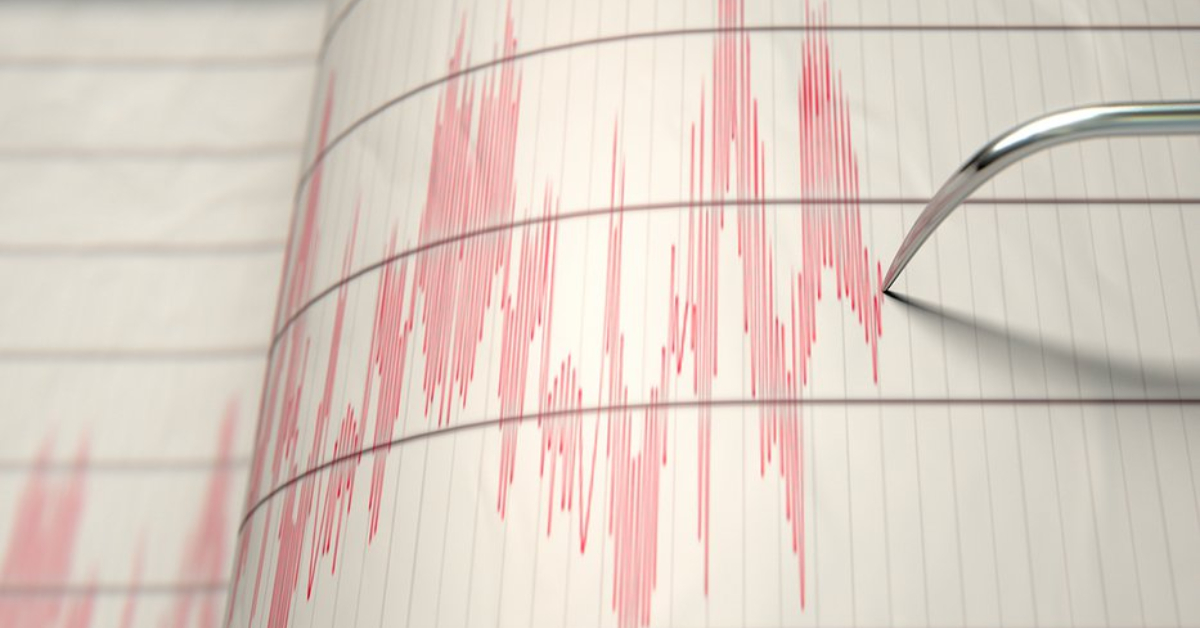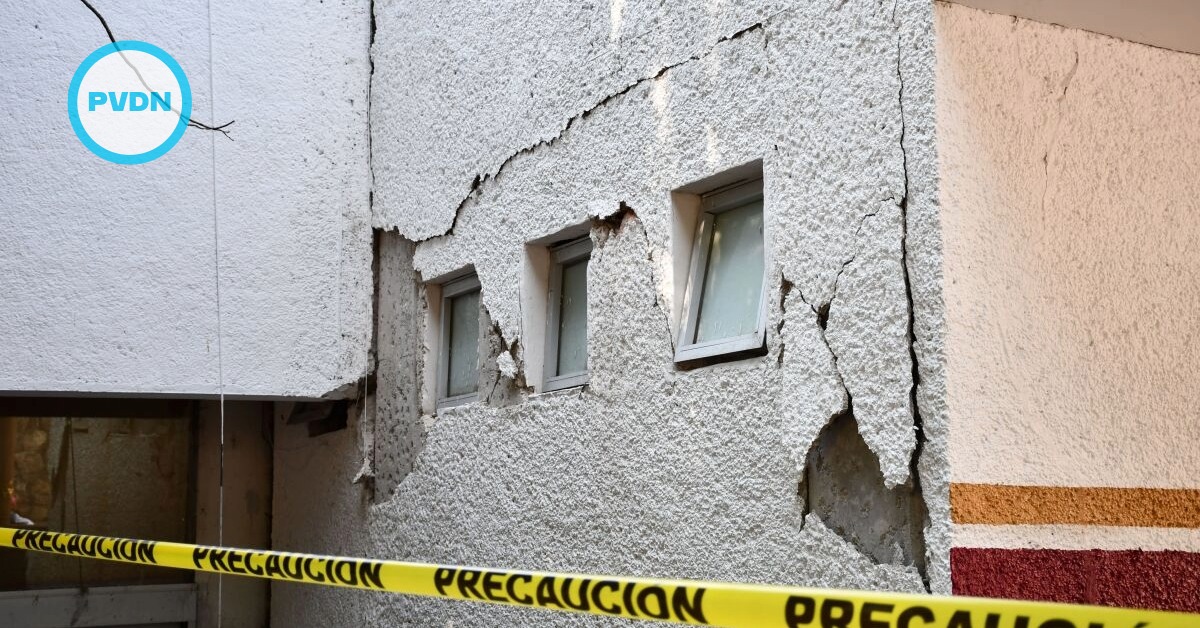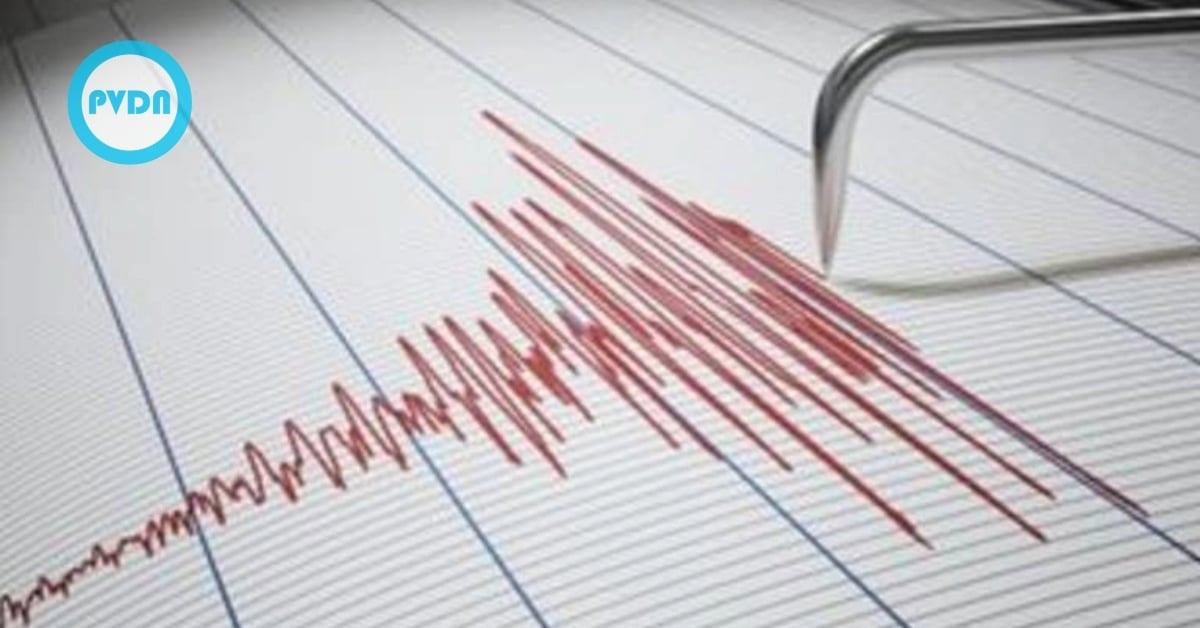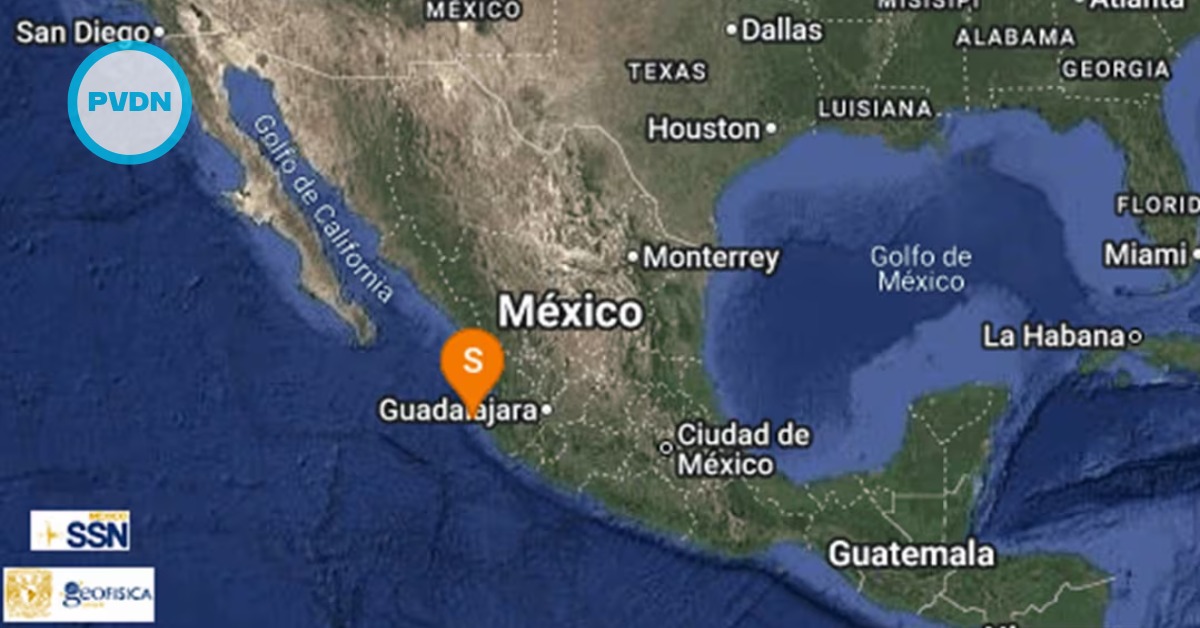A pioneering discovery has been made by researchers from the National Autonomous University of Mexico (UNAM), who have been able to measure the rotation caused by a slow earthquake in the underwater earth's crust for the first time ever. This development is crucial for understanding the genesis of major tsunamis and marks a significant step forward in the pursuit to forecast destructive earthquakes.
Dr. Víctor Manuel Cruz Atienza, the head scientist of the research team, spoke about the unexpected nature of this discovery and the development of the formulas that can interpret the earth's . . .





